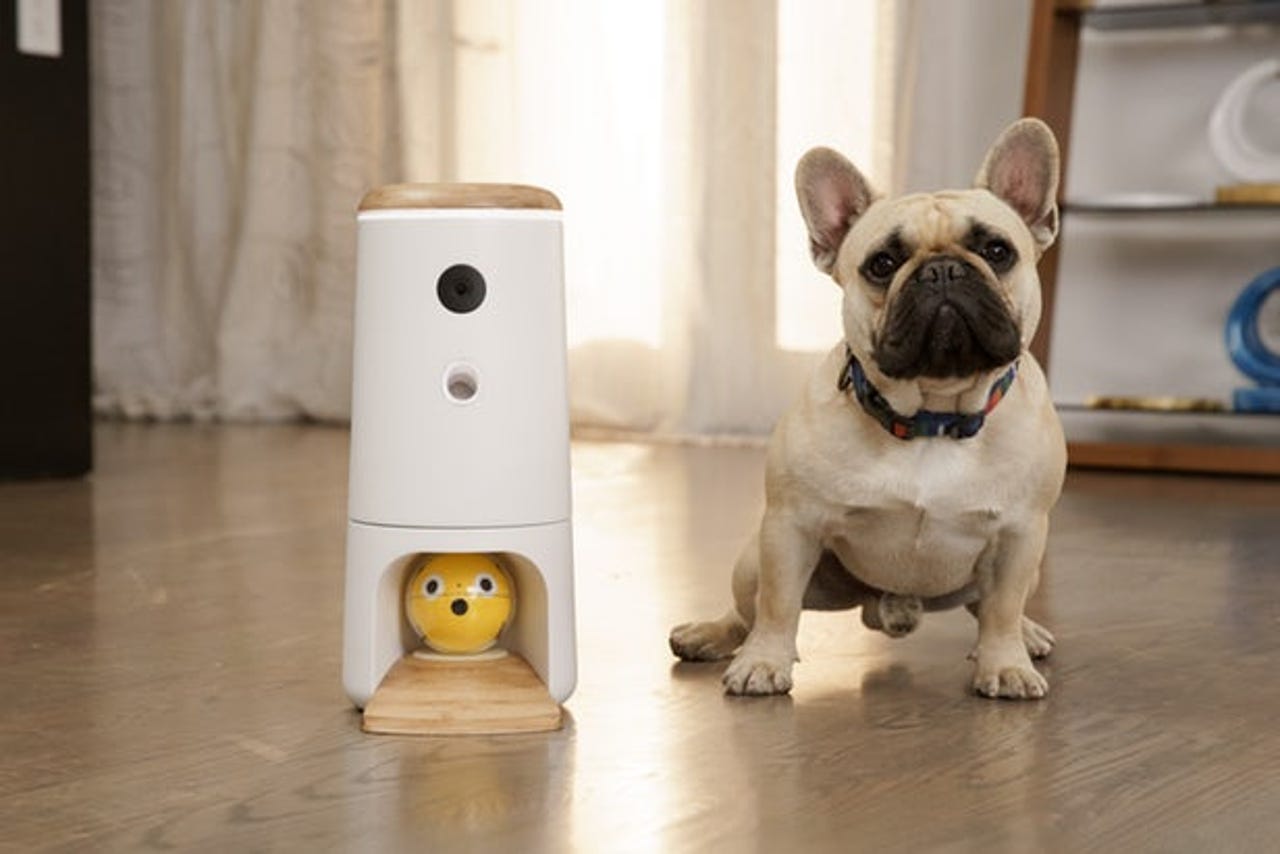A night-vision treat catapult and what it means for the maturing home automation market


Featured
Every pet owner knows the creeping guilt of being away longer than expected while Fido stays home. Now, with the push of a button, you can launch a treat across your living room and watch your pet scramble for it on a night vision camera.
Not satisfied? You can also deploy a robotic ball programmed to evade capture.
Signs of the apocalypse or nifty iterations on smart home automation? The cynic in me says the former, but I'd also argue this kind of consumer robotics application, silly as it may seem, represents a meaningful evolution for a technology category that's struggled to gain purchase beyond robot vacuums: Home robotics.
Also: 5 strategies for navigating VR in the enterprise TechRepublic
The robotic ball and remote treat tosser are new products from Pupple, a startup specializing in smart home systems for dogs. The products combine automated features, like nudge detection to determine when a pet wants to play, with remote control capabilities via an associated app.
It's part of a growing field of robots aimed at pet owners. Startups like Pupple, Kolony Robotic, and Pawly are using smart sensors, automated path planning, and remote control applications to build robots for niche markets with specific problems to solve.
That's in stark contrast to the approach that many early consumer robotics companies have taken. Over the past few years, we've seen dozens of home robots marketed as smart personal assistants and designed to fulfill a battery of unfocused needs for a broad customer base. Entrepreneurs have raised significant capital to promote mobile machines for the home that aspire to be real life Rosie the Robots. They can read the kids a bedtime story, tell you the weather, or banter with guests.
But in spite of the incredible technology packed into these systems, the lack of focus has worked against pioneering companies and delayed broader adoption of consumer robots. Beyond serving as novelties, they don't solve real problems for specific groups of people. A robot that can keep your dog entertained for half-an-hour when you decide to have another round with friends does. If you know who needs that capability (i.e., dog owners on the go) you can market effectively to them.
Also: VR: It's time to break up CNET
The move toward specific customer bases with common interests and needs is a step in the right direction. Robotic pool cleaners, which are often overlooked in the home automation discussion, broke early ground by identifying a specific customer with a specific need.
It's nice to see that robotics startups are beginning to take note.
9 Best VR headsets you can buy right now
Previous and related coverage:
Oculus launches Quest standalone VR headset, eyes mixed reality future
Using Oculus Quest in a mixed reality demo, Facebook showed off a workplace scenario where real world objects are integrated into VR.
Walmart deploys 17,000 Oculus Go headsets to train its employees
Walmart said it is using the headsets to train within three key areas: new technology, compliance, and soft skills like empathy and customer service.
Porsche and Hyundai behind AR hologram company's $80M raise
Forget headsets. The future of AR/VR is in seamless integrations with in-demand consumer products.